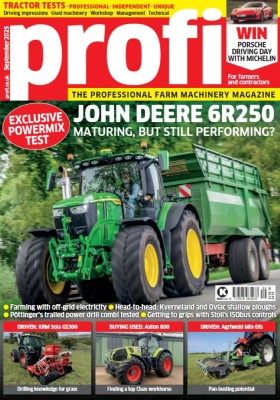The Lely Trac LT7 is a self-propelled that not only cuts the grass but lifts it as well. It was the pinnacle of the range in 1970, yet sadly that wasn’t enough for it to gain the popularity it needed to survive.
KEEPING IT BRIEF
- Christian Sigloch has a passion for less popular farm machines.
- The self-propelled LT7 mower-forage wagon from the 1970s is a real rarity.
The Exos autonomous robot is not Lely’s first foray into the world of zero grazing. Back in the 1960s, before it was decided that TMR and silage making were the way to go, farmers in some parts of Europe were feeding housed stock fresh grass and hay.
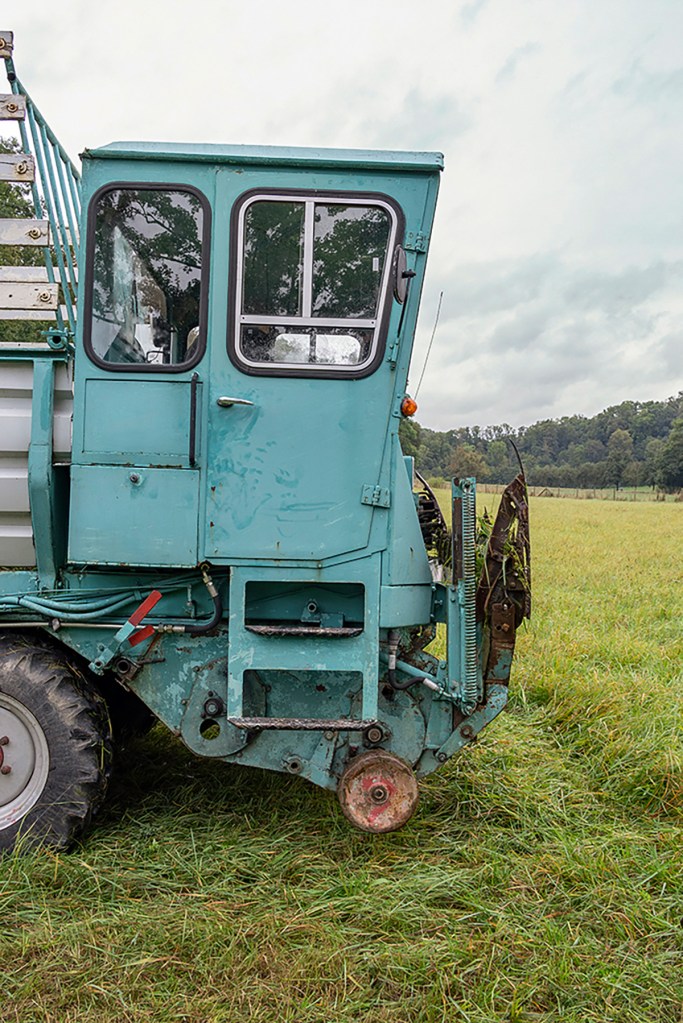
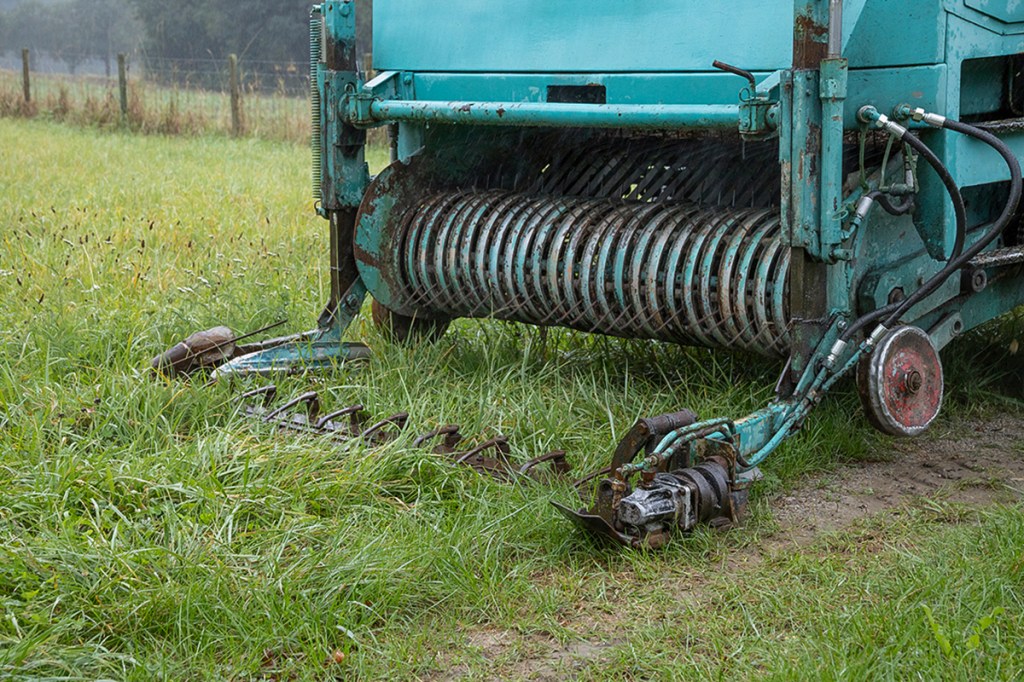
Feed Express
This is where the LT7 comes in. One of the leading forage wagon manufacturers in the 1950s and 1960s was the Bavarian company Dechentreiter, which was taken over by Lely in 1963. The loader wagon know-how in the Lely Trac LT7 — the pick-up, drum, four-blade cutting unit as well as the chain-and-slat floor — comes from Dechentreiter.
With the nifty LT7, Lely could offer a forage express; mowing, loading, transporting and unloading were all possible with this single machine. However, the Lely Trac LT7 cost a substantial DM22,980 (about GBP £6,300) in 1970. At the time, the largest trailed forage wagon from Lely-Dechentreiter with a tandem axle cost just DM8,800 (around £2,400). For those folk who did decide to pay the premium, they got a self-propelled mower with a 2.0m double-knife mower that could also load the crop in a single pass.
The LT7 was based on proven components. Lely opted for a Perkins four-cyl engine, this water-cooled motor producing 33kW/45hp. A ZF, 12-speed gearbox ensured a top speed of 20km/hr, with the engine, clutch and gearbox installed transversely between the axles — a design that’s reflected in the shift gate that is arranged at right angles to the driver.
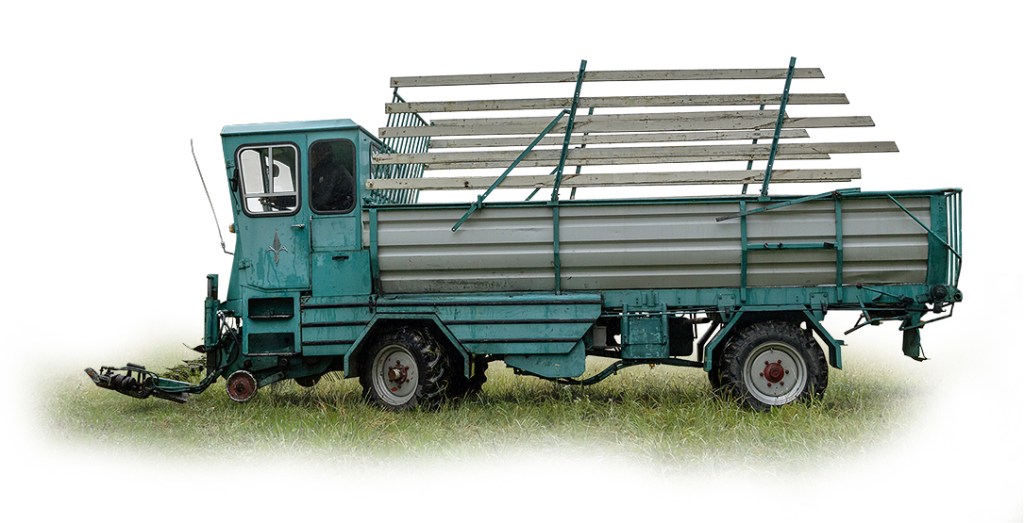
Speaking of the cab, Lely gave the LT7 an unusually large amount of cab space, which spans the entire width of the machine and offers a wide bench seat for passengers. The cab also boasts a very pragmatic solution for checking the 1.60m pick-up — slots in the floor allow the operator to peer through and check up on what’s going on underneath.
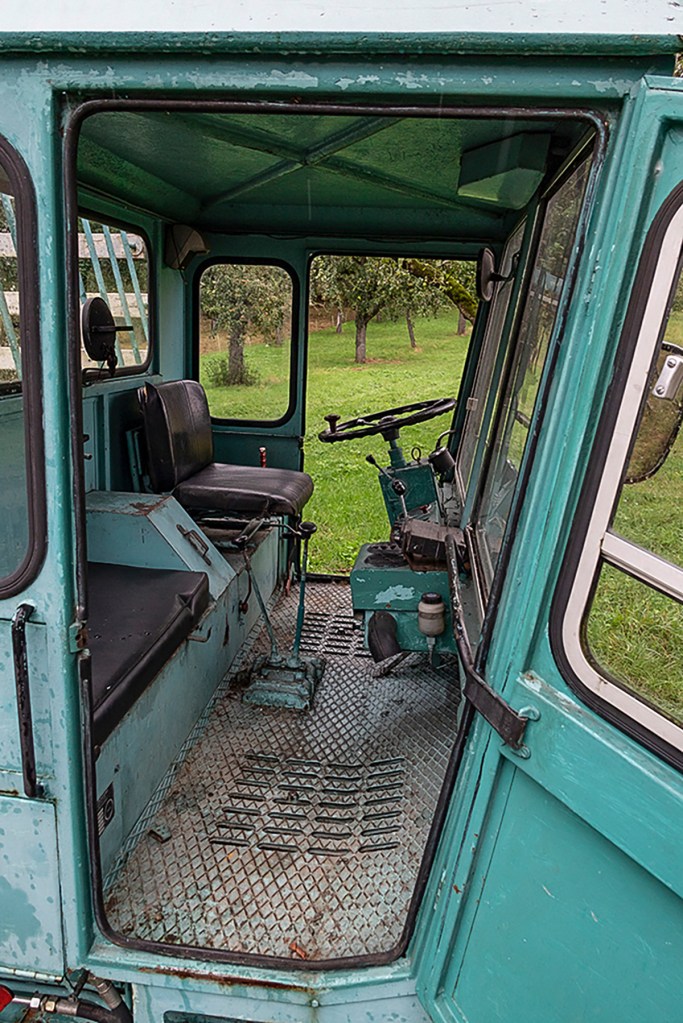
The comfort of the cab was very welcome when we climbed aboard the pictured LT7 on a rainy autumn day.
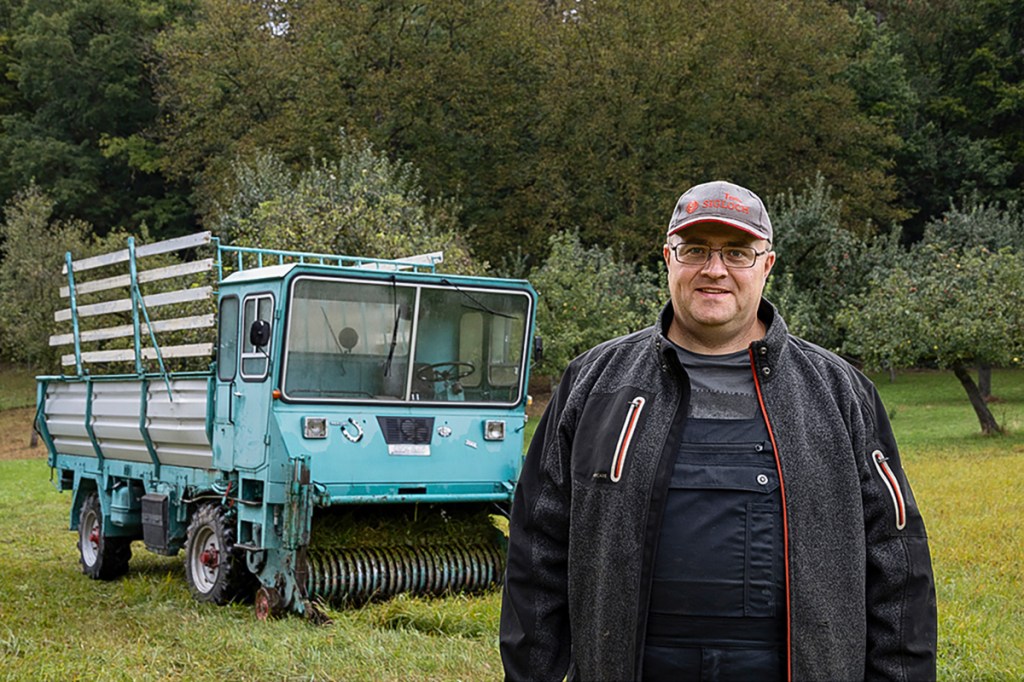
Exotic hobby
Christian Sigloch is owner of the featured LT7. The 44-year-old, who trained as a mechanical engineer, is also a part-time farmer and has the rare Krainer Steinschafe sheep breed as a sideline business. His other ‘herd’ is much larger — a collection of more than 60 tractors, including exotic items such as Kramer wood gas tractors and a Deutz-Fahr In-Trac 6.60 turbo. And then, of course, there’s the LT7.
Lucas Colsman
For more up-to-date farming news click here and subscribe now to profi and save.






